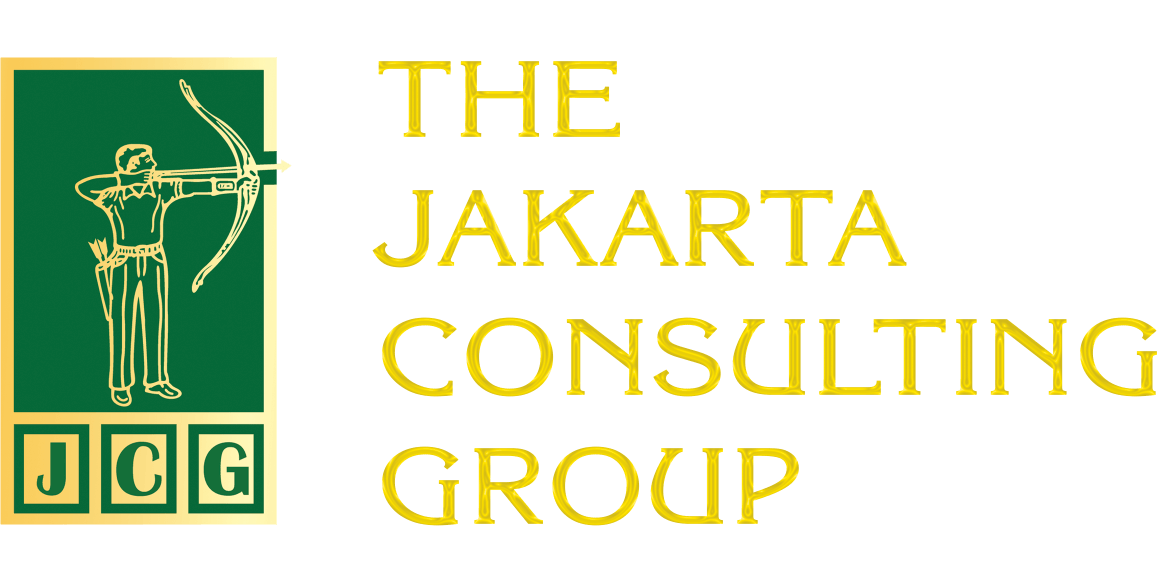Many people still think that leadership is synonymous with titles and positions. Titles and positions are important, but they are not the most important thing. The most important things are influence, vision, and the ability to inspire and guide others towards a common goal. The success and failure of a team or organization is largely determined by the quality of the leader. A good leader will lead the organization to greatness. And vice versa.
So, what is the difference between a good leader and a bad leader? There is the term green flag, and there is also the term red flag.
Green Flag
Inspiring, empowering, and creating a conducive environment so that others can develop. These are the characteristics of a green flag quality leader. People willingly, not forcedly, follow directions from a leader like this.
Why do green flag leaders have the above characteristics? They understand their own emotions and those of others. Green flag leaders are also good at empathizing, listening actively, and responding to the needs of their team with understanding and compassion. They make their team members feel valued. This certainly makes others eager to do their best
Green flag leaders are not only visionaries, but also good at sharing their vision with others. This includes setting out their expectations for others.
Good leaders are not just good at giving orders. They set an example for others. They are willing to take responsibility for their actions, while admitting their mistakes if they are wrong. Most importantly, they have integrity. Integrity creates credibility.
Green flag leaders become mentors to the people they lead. They open up training and development opportunities for their employees. They are also able to explore and optimize the potential of others.
Today, change is happening so fast. Faced with this situation, green flag leaders are still able to adapt. They always see challenges, crises, and uncertainties as opportunities for growth. In other words, they are always confident and optimistic.
Red Flag

Meanwhile, red flag leaders have characteristics that are the opposite of green flag leaders. They don’t care about other people’s feelings. As a result, other people always feel anxious and isolated, feeling that they have no place in the organization. In addition, they set unreasonable deadlines, don’t care even though other people are exhausted, and only care about short-term results.
Bad leaders are certainly bad communicators too. They are not transparent, do not set expectations consistently, and do not want to accept other people’s suggestions. This certainly makes people confused and frustrated.
In contrast to green flag leaders, red flag leaders are reluctant to take responsibility if their decisions and actions harm others. They even look for scapegoats. This is then imitated by the people they lead.
Red flag leaders like to take care of trivial matters. They don’t trust others, and don’t like to delegate tasks and authority. Employees become constrained, unable to express themselves.
Red flag leaders usually don’t like change. They try to block change. They are obsessed with the old ways. This certainly hinders the development of employees and the organization.
Favouritism is often shown by red flag leaders. They favour certain people without objective consideration. This causes envy and disunity.
Which one are you?

Of course, all leaders want to be seen as green flag leaders. Nobody wants to be considered a red flag leader. Here are some questions to help you assess whether you are the leader the team needs.
Are you good at empathizing and do you have high emotional intelligence? Or do the people under you feel comfortable communicating with you? Do you have a vision? If so, do the people under you understand it? If so, it means you have successfully communicated it clearly so that they understand.
Next, if something goes wrong, do you evaluate it? If you are indeed at fault, do you honestly admit it? Or are you looking for a scapegoat?
How much do you care about developing your team? For example, investing in learning and training? Furthermore, are you willing and able to adapt? Are you resilient? Or do you embrace change and guide your team through challenges with confidence?
Are you willing to listen to every point of view presented by team members? Is the tone only concerned with results without caring about the process and welfare of your employees?
Perhaps you are not yet a perfect green flag leader. Or do you have many of the characteristics of a red flag leader? Of course, we must not lose hope. Leadership is a journey, not a destination. To make your flag greener, don’t hesitate to ask your team for advice. This way, you can identify what is already good and what needs to be improved or eliminated.
Being a leader doesn’t mean you stop learning. On the contrary, you must be a role model for your team. Read a lot, listen to useful podcasts, and take training courses.
Furthermore, fight against your team’s emotions. Communicate clearly, openly, and transparently. Never underestimate your team. Trust them, provide opportunities for them to grow. Don’t be afraid of change, but manage change.
#red flag #green flag #leader #vision #emotion #visionary #integrity #mentor #change
Related Posts:
The Rise of Fractional Leadership: Executives Who Work Part-Time for Multiple Organizations
Micromanaging vs Empowering: Leadership Styles that Transform Engagement into Empowerment
Buzzword Leader vs. Truly Engaged Leadership
The Need for Charismatic Leadership in Business Transformation?
How to Quickly Improve Successor Competence Through Effective On-the-Job Training











